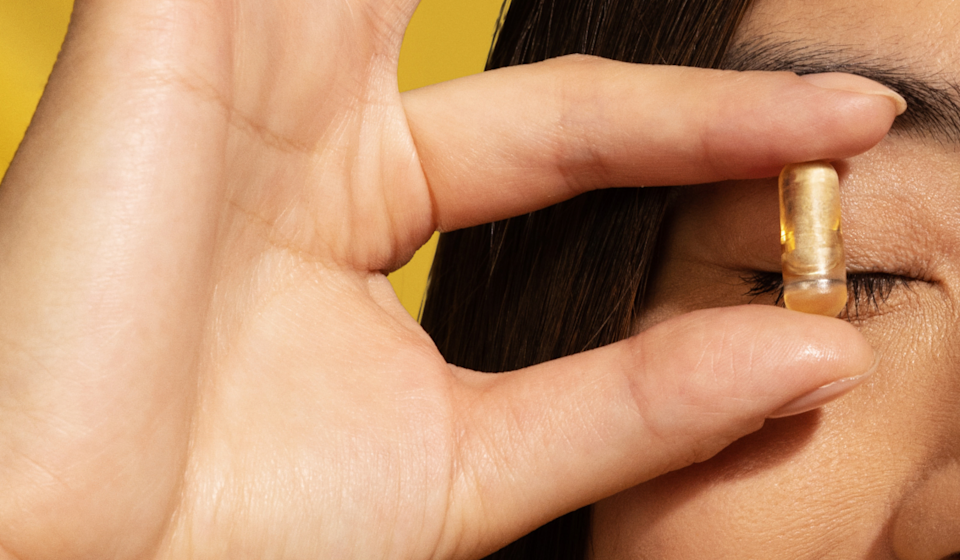2. Fertilization: A released egg has to meet up with sperm in a fallopian tube and get fertilized. The fertilized egg (aka embryo) then has to make its way back through the fallopian tube to the uterus.
3. Implantation: An embryo has to attach to the uterine lining so the pregnancy can grow. The cells surrounding the embryo then start producing the hormone human chorionic gonadotropin (hCG), which is what pregnancy tests detect. hCG maintains the corpus luteum, which has formed out of the ruptured ovarian follicle and produces progesterone until the developing pregnancy can take care of hormone production on its own. (2)
What Is the Fertile Window?
When it comes to conception, timing is everything. Despite what you may have heard in high school, you can’t get pregnant any day of the month. When can you get pregnant? There’s typically only a 6-day period when conception is possible: the 5 days before ovulation and the day of ovulation. This is called the “fertile window.” The exact number of days each cycle varies from person to person.
Why the inflexibility, you might ask? After an egg is ovulated, it can only survive for up to 24 hours. But sperm can last inside the reproductive tract for as many as 5 days. Teeing up penis-in-vagina sex or insemination with the fertile window means an egg will more likely be ready and waiting when sperm are present.
What Factors Can Affect Conception?
Now that we’ve covered the science of conception, let’s talk about some of the most common factors impacting people’s ability to get pregnant.
Age
Age is one of the most important factors related to fertility and getting pregnant. As you get older, there’s a gradual decline in fertility because of expected changes in egg count and egg quality.
Although fertility doesn’t just disappear after a certain age, it does, on average, begin to decrease more rapidly around age 35:
• At age 30, there’s a ~20% chance of getting pregnant each cycle.
• By age 40, there’s a <5% chance of getting pregnant each cycle. (5)
Everyone’s different, but according to the American Society for Reproductive Medicine, most people will have trouble getting pregnant in the years leading up to menopause—the reproductive stage after which periods have stopped for at least 12 months. The average age for menopause is about 51.
Lifestyle
It’s no secret that following an active lifestyle and incorporating nutritious foods in our diet are beneficial for our health, even when it comes to trying to conceive. Some experts have found that aside from following a nutritious diet and healthy lifestyle, individual micronutrients and macronutrients may have beneficial effects on conceiving. (5)
While people get pregnant at all sizes, those with lower or higher body-fat percentage may stop getting periods or have issues with ovulation. However, research has shown that any rapid changes in weight may not have positive effects on trying to conceive. (8) And because age is so connected to fertility, some experts advise not waiting until possible weight changes before trying to get pregnant.
A lot of people may already know this, but it bears repeating: Smoking cigarettes and high intake of caffeine or alcohol can make it harder to get pregnant.
Environment
There’s a growing body of research linking environmental toxins and artificial chemicals in products with reproductive health conditions. (5) It’s always a good idea to know about any environmental problems in your area and pay attention to what’s inside the items you buy.
BTW: Experts recommend starting to take prenatal vitamins before you start trying. Ritual’s Essential Prenatal Multivitamin is formulated with 12 clinically-studied key nutrients for before and during pregnancy.*
You can start a prenatal multivitamin now and stay on it through pregnancy and then switch to our Essential Postnatal Multivitamin after pregnancy to support the body’s needs through lactation.*










